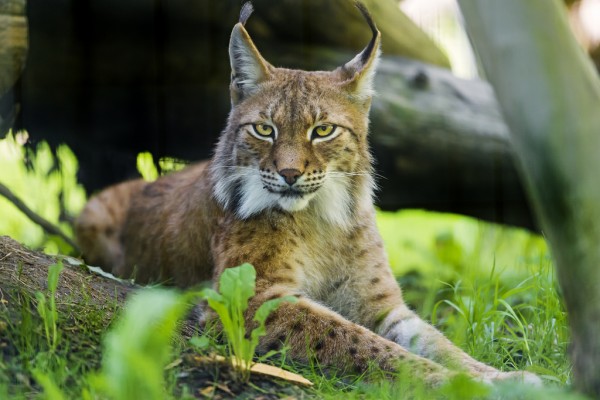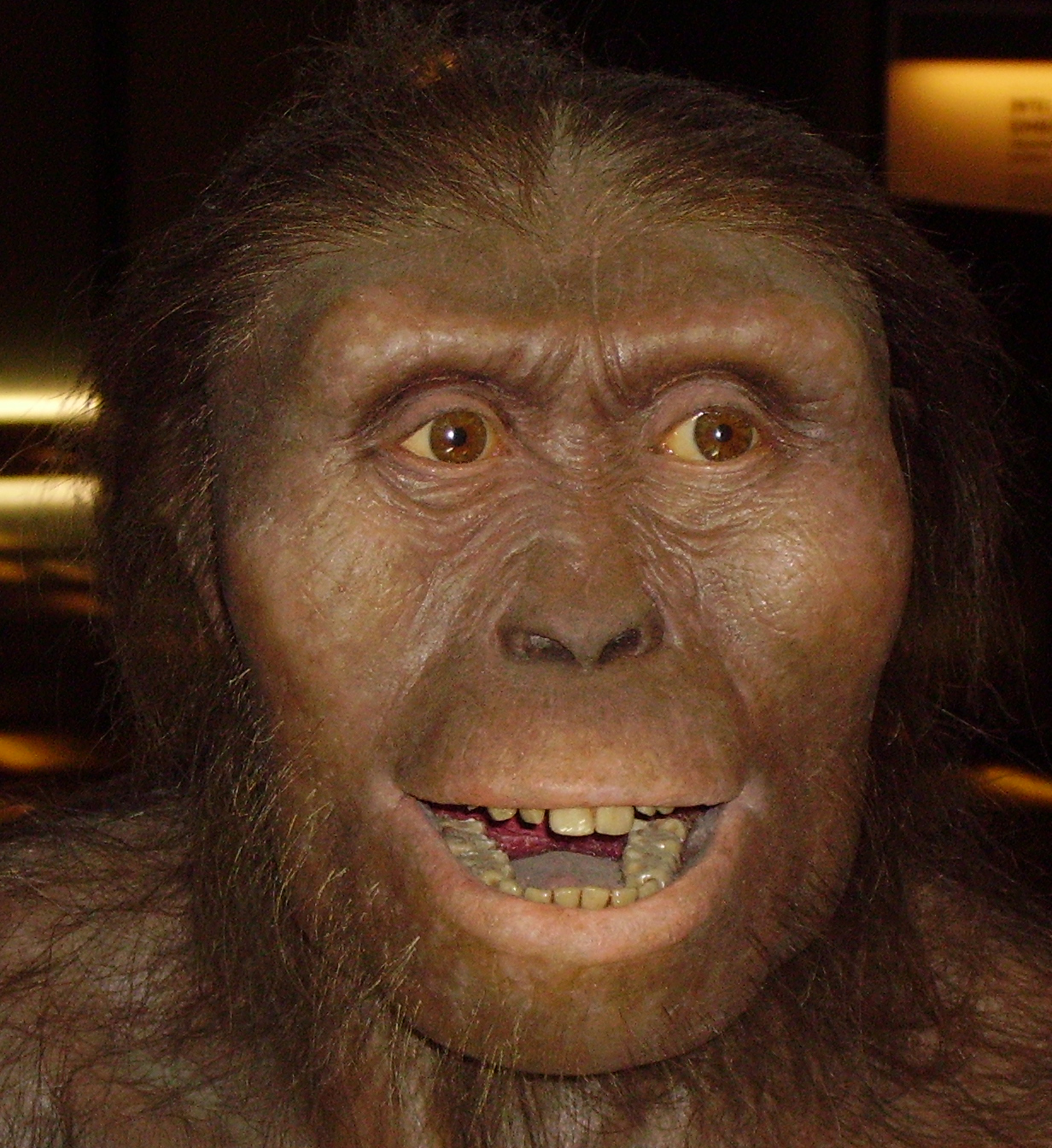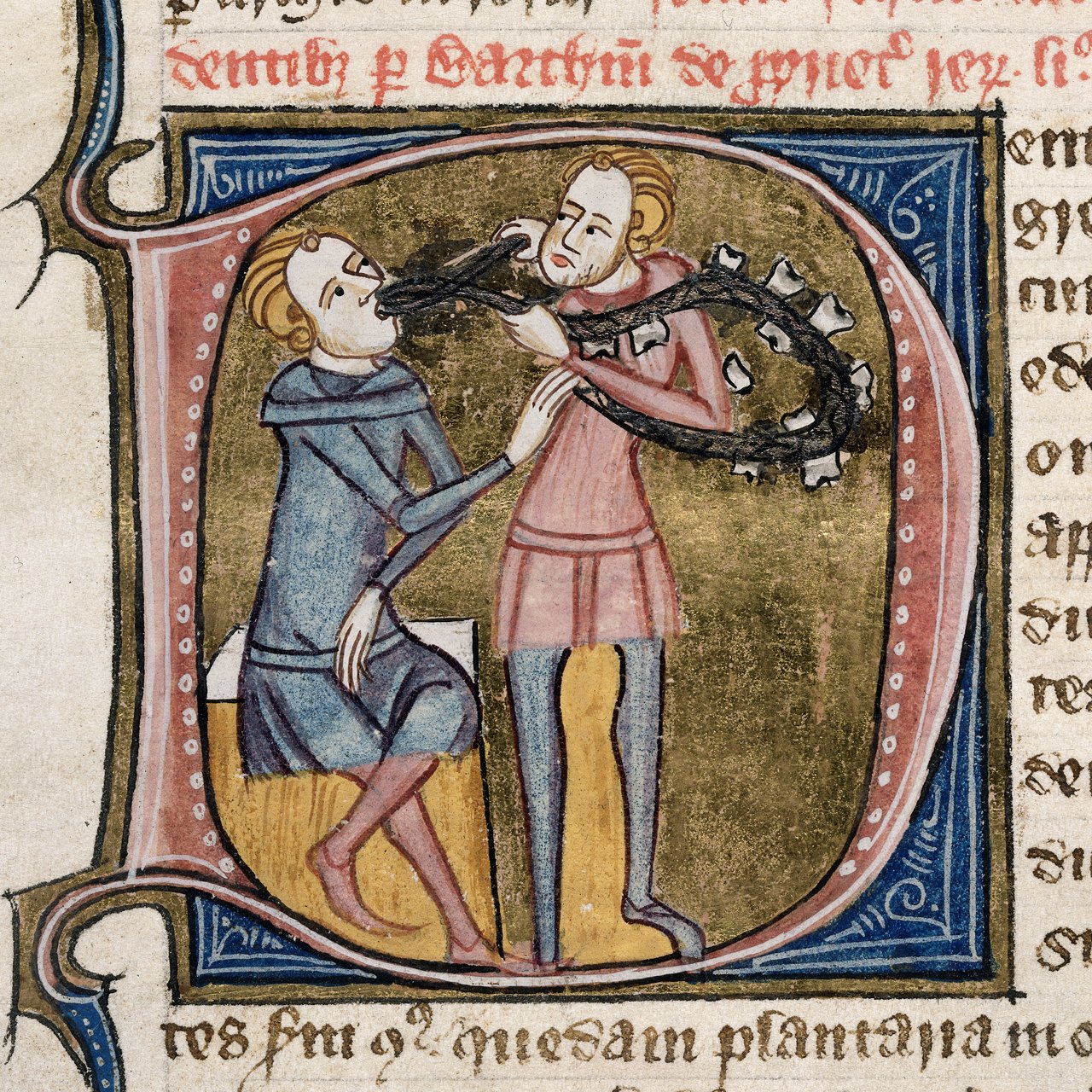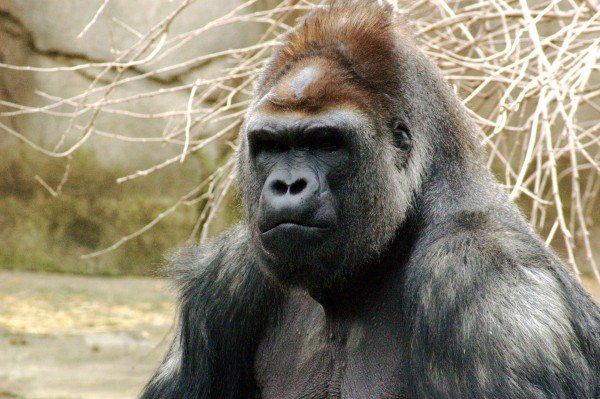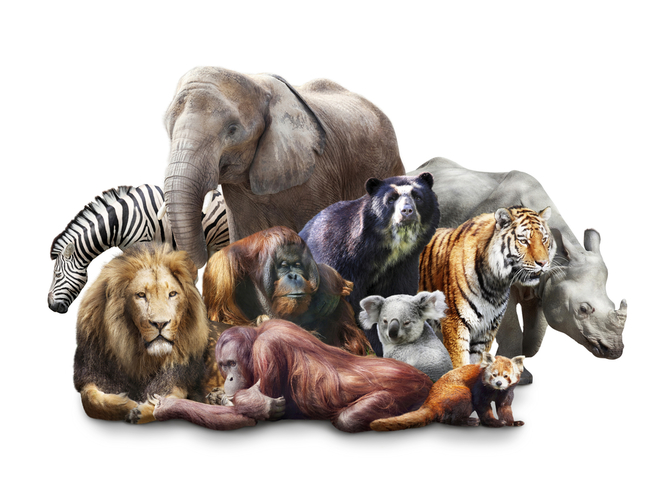Our genetic cousins, mountain gorillas, have been the subject of ongoing conservation efforts for decades. Despite this there are fewer than 900 left in the wild because of poaching and habitat destruction. Now, genetic sequencing has revealed the toll these constant threats have taken on their genome.
Our research, published in Science, reveals a striking loss of genetic diversity, but also finds more to be optimistic about than expected.
Man-made threats
Gorillas are classified into two species: one in West Africa (Gorilla gorilla) and one to the east (Gorilla beringei) in the centre of the continent. Mountain gorillas are a subspecies of the eastern gorilla species, and differ from the others in that their habitat ranges to high altitudes. This has consequences for their diet and physiology – for example, they have thicker and longer fur, which helps them survive the colder temperatures and the wetter, mistier environment.
The number of mountain gorillas living in the Virunga volcanic mountain range (on the borders of Rwanda, Uganda and the Democratic Republic of Congo) dropped to around 253 in 1981. Since then, conservation efforts have bolstered numbers there to approximately 480. There is another colony of about 400 of mountain gorillas about 30 km to the north. This adds up to only around 880 mountain gorillas surviving in the wild.
Our new research is based on blood samples collected from wild-born gorillas and is the first whole genome study; previous studies have used DNA from fecal samples or looked at much smaller sequences.
Chronic decline
Analysis of the genome data revealed that as well as suffering a dramatic collapse in numbers during the last century, mountain gorillas had already experienced a long decline going back many thousands of years. These events have resulted in a very substantial loss of genetic diversity and more inbreeding than expected: it turns out that two mountain gorillas are typically identical at more than a third of their genetic sequence – the comparable number for most humans is only a few percent.
Inbreeding increases the threat from disease and environmental change by reducing mountain gorillas’ ability to adapt. It also means they carry a larger burden of harmful mutation than other gorilla species.
Silver lining
However there is a silver lining: many of the most severely harmful mutations are less common in mountain gorillas than in other gorilla subspecies, and appear to have been purged. These are mutations that disrupt the operation of a gene by prematurely terminating the protein it produces. Such mutations are expected to be more problematic than other others which may only alter the protein slightly, and some of them will be very harmful or even lethal if the protein is doing an essential job in the body.
To see why severely harmful mutations can be reduced as a result of inbreeding, consider that in a large population someone carrying such a mutation is less likely to meet and have children with another carrier. The mutation is able to persist because we have two copies of every gene, meaning it is usually only present in one copy in offspring. The lethal effect is masked by a working copy and can be passed on. However in an inbred population, carriers are more likely to meet others with the same mutation, meaning their children are more likely to have two copies, with lethal consequences for the children and preventing the mutation from being passed on.
As great apes, mountain gorillas are close evolutionary cousins of humans, so understanding their evolution also provides some insights into our own. For example, it is believed that our own ancestors also experienced severe reductions in population size at least once during human evolution, and other close relatives such as the Neanderthals went extinct in this way. Mountain gorillas thus provide an opportunity to study how humans might have adapted genetically to this condition.
Justice for poachers
It is also hoped that the detailed, whole-genome sequence data gathered through this research will aid conservation efforts in a practical way. Now that a genome-wide map of genetic differences between populations is available, it will be possible to identify the origins of gorillas that have been illegally captured or killed. This will enable more gorillas to be returned to the wild and will make it easier to bring prosecutions against those who poach gorillas for souvenirs and bush meat.
So, despite the threats they face, there are reasons to be optimistic about the future for mountain gorillas, if conservation efforts can be sustained and further encroachment on their habitat resisted. This research suggests that although low in genetic diversity, they have not yet crossed a point of no return. They can continue to survive and will return to larger numbers if we help them.
![]()
This article was originally published on The Conversation.
Read the original article.



